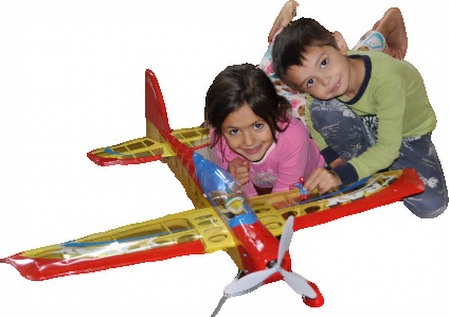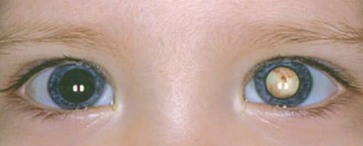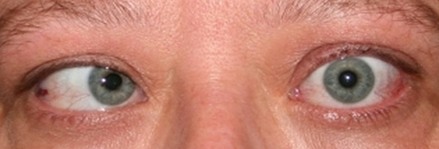1st Eye Exam?
Most children should have their first exam by the age of 3 years old (Dr. Tahir has seen infants as young as 6 months!). Early detection and correction is key in preventing vision and other behavioral problems. It is difficult for children to recognize poor vision. Many children have one eye which works considerably better than the other causing:
Please Note: Our office requires all children to be dilated on their exam - if you have questions please call us first.
- Eye strain
- Headaches
- Alignment issues
- Poor grades
- Frustration
- Behavioral issues
Please Note: Our office requires all children to be dilated on their exam - if you have questions please call us first.
School Screenings Enough?
While school screening can be useful, a through and complete health exam with dilation, eye alignment tests and more is recommended. Children who have passed many school screening still have many problems with vision, eye alignment, headaches, and more.
Did You Know
Did You Know
- 25% of all kids have some vision problem
- 80% of all learning is visual
Child Diagnosed with ADD or ADHD?
Children with poor eyesight who seem uninterested, restless, show poor attention span, or difficulty with learning may need vision correction! Yes, it just might be that they can’t see to concentrate.
Requiring Immediate Attention
- White pupil
- Bump or lump noted on the color part of the eye (iris)
- Swelling or drooping of lid with red eye
- Larger / smaller cornea in one eye or both
- Unable to move eyes in all directions
Requiring Urgent Attention
- One or both eyes turned in or out
- Eye(s) occasionally turns in or out
- Pink eye, tearing, yellow discharge, crusty eyes
- Oscillating or twitching eyes
- Red eyes, squinting with bright lights
- One pupil larger than the other
Requiring Further Investigation
- Holding work too close
- Closing one eye when looking at objects
- Constant head tilt, especially to one side
- Unable to “cross” eyes or if eye(s) flick in or out
- Squinting or rubbing eyes constantly
- Complaints of headaches
- Poor reading, handwriting, letter reversal
- Disinterested in fine motor skills or near tasks





